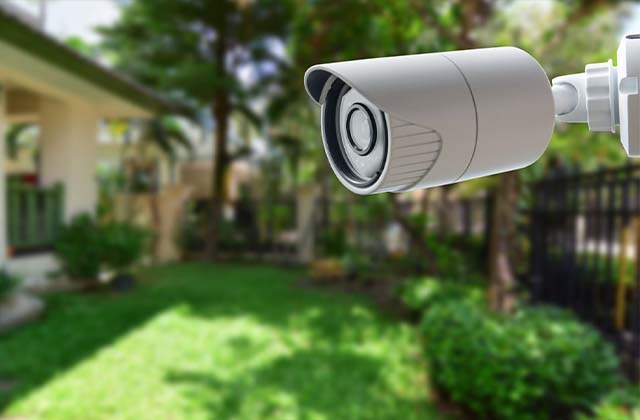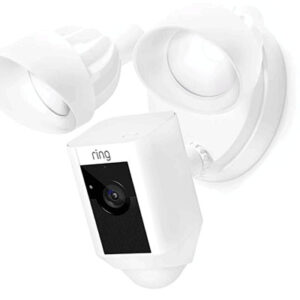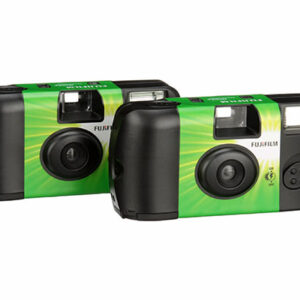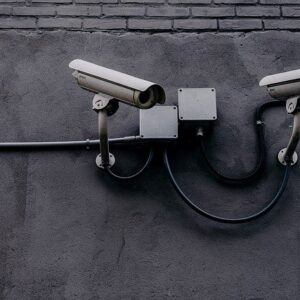Why does it seem like security camera footage is always of such poor quality when technology has advanced so much since the low-resolution, grainy video of the 1980s and 1990s? Here are the reasons why are security cameras so low quality?
Because manufacturers compromise between image resolution and storage space, security camera footage is frequently of poor quality. There are ways to balance this because higher resolutions require more storage space to accommodate all of the data.
Continue reading.
Table of Contents
The Main Reasons Security Cameras Are Such Low Quality
Storage Space
10GB used to be impressive storage whereas now it is minuscule. With the evolution of storage, there has come better video quality but we are still not “there” yet.
The speed of our components should roughly double every few years, according to Moore’s law.
Even though we aren’t quite at that speed yet, we are getting close.
Quick fact: Recording 4K video can consume up to 1 GB of storage every three minutes, or 300 to 400 MB per minute. This level of quality is beyond the reach of the majority, so that’s huge.
The main problem with cameras has been storage.
Despite having excellent 4k video capabilities, these smaller cameras simply lack the storage space needed to hold the necessary amount of video.
Sure, there are solutions, like wired cameras to a bigger hard drive, but most businesses and homes lack access to this enormous storage option, so you instead get smaller setups with very limited storage options.
Motion-activated detection and loop recording are two more excellent solutions that are widely applied.
Because it only starts recording when someone enters the video frame, motion-activated detection helps you save storage space. This is only a short-term fix, though, and it is impractical to do in front of a storefront where customers are constantly coming and going.
Fact: You need a minimum resolution of 1080p (1920 x 1080) and a reasonable distance to distinguish faces in videos, and even then, it’s debatable whether you’ll get clear video depending on the lighting and the lens’s own conditions.
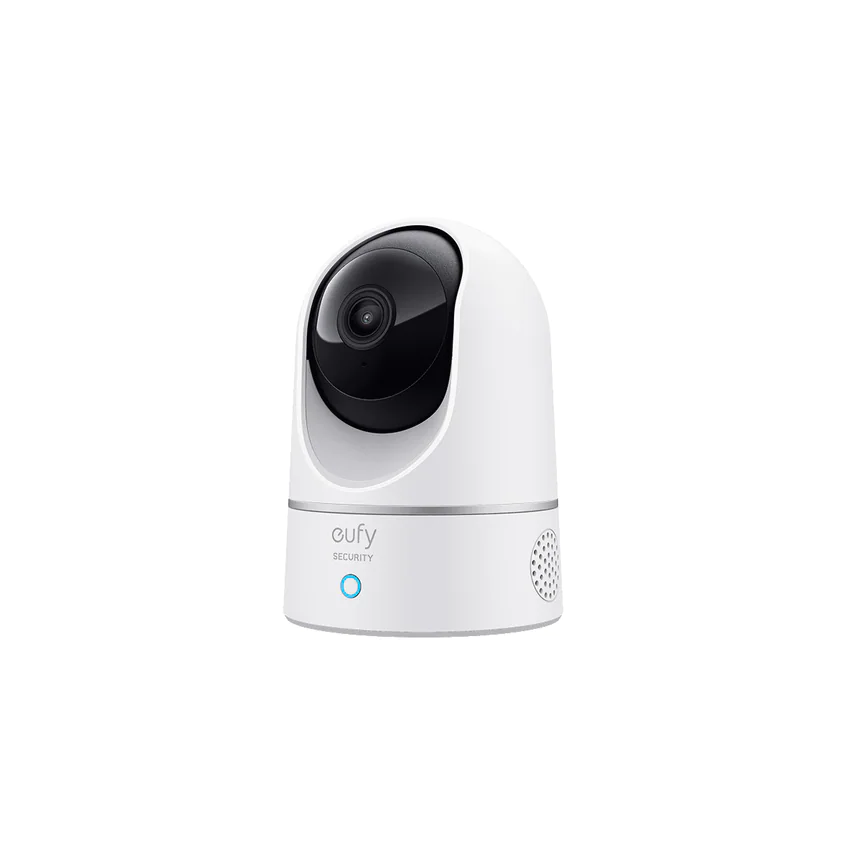
Compression and Resolution
With regard to video quality, resolution is by far the second most crucial factor.
Even so, as we’ve already mentioned, storage quality must be equal to or better than resolution in order for resolution effectiveness to work. For instance, you won’t be able to get enough footage for any worthwhile recordings if your resolution is too high quality for your storage.
Many people attempt to purchase older, less expensive cameras online.
These promise a certain resolution, but people are shocked to learn that what they actually get is of much lower quality. The quality of the lens itself can sometimes cause this rather than the resolution specifically. In cases where you might assume that the resolution cannot possibly match what you are seeing, the lens quality is the real offender.
The compression that was employed may also be a significant problem.
Different types of compression can significantly lower the video quality in order to store more of it on your system. Therefore, even if you have a fantastic resolution, compression may be removing a lot of that data and rendering it nearly unviewable when zooming in.
High compression allows the viewer to see common artifacts. One problem is artifacting, which manifests as bands or blocking on contour boundaries or in areas with fine detail.
People frequently opt for less expensive models with reduced resolution or storage.
For instance, you might be able to save money by purchasing a 1080p model, but it will have poor face detection and low frame rate. The prevalence of wifi cameras and their streaming and storage restrictions is another typical explanation.
Lens Type
The crucial distance for a security camera is 40 feet. When we look at things from a wide angle, we can see more, but the problem is that as we get wider, things get smaller. You shouldn’t use this beyond 40 feet because you won’t be able to properly capture a face or any other detail.
The ideal distance is 25 to 30 feet, but you can get excellent detail even at close range (5 feet).
A 6mm lens is better for longer distances because the horizontal distance gets smaller, but the zoom is better and you can see people and their details much better.
12mm is even closer and the detail gets better however the horizontal distance is much smaller.
Many wider security cameras are unable to distinguish faces in the captured video due to the lens sizes and types that cause them to capture much lower quality images.
Read about
How to Fix Blurry Security Camera Footage?
There are a few quick and simple solutions you can try if your video feed is choppy or grainy. See if any of these strategies sound like a good fit for you after reading them.
Buy a 5MP Or 8MP Camera
There are a few things you might think about if low image quality is still a problem for you. Using a higher resolution camera would be the simplest solution. You could always opt for a 5MP or 8MP camera like the Armcrest UltraHD (on Amazon), but this will undoubtedly cost more. Alternatively, you could strategically position your camera to reduce the need for zooming.
Have More Than One Camera
Making sure you aren’t overusing the zoom feature can help to prevent this loss of quality, as it is one of the main reasons a camera loses image quality. You could always choose to use more than one camera if you need to cover a large area. The cost of this may be higher, but the quality of the video from the various angles will be higher. But as was already mentioned, this will result in a greater need for storage space.
Conclusion
Due to the purpose of CCTV cameras, there are numerous reasons for low-quality video, and the way that video is processed can also have an impact on the video’s quality. In this, the camera’s position is crucial. A grainy image will also result from the lens’s quality and the processes that the files undergo. When choosing a surveillance camera, it’s critical to realize that the quantity of footage is more important than the quality of the video and that both are useful. Deterrence is its main purpose.

